VMware virtualises mobile phones
VMware has revealed its Mobile Virtualisation Platform, which it claims will simplify handset and operating system development.
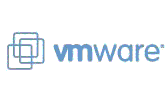

Virtualisation leader VMware has taken its system to mobile phones, in the hopes that manufactures can separate the hardware from the operating system and reduce time to market for new products.
The VMware Mobile Virtualisation Platform (MVP) is based on technology the firm picked up when it acquired Trango Virtual Processors last month.
The hypervisor sits between the hardware and the operating system, allowing for more standardisation, as the same software can be used across differnt handset hardware. This means fewer drivers need to be developed and less testing needs to occur, shortening the time it takes to get a new phone on the market, VMware claimed.
"By abstracting the applications and data from the hardware itself, we expect that virtualisation will not only enable handset vendors to accelerate time to market but can also pave the way for innovative applications and services for phone users," said Paul Maritz, VMware's chief executive.
For end users, it offers the ability to have multiple profiles on the same phone and more easily transfer profiles and data sets across handsets, the firm said.
The software will be embedded on handsets at the manufacturing stage, and is designed to run on devices with limited memory without straining batteries, VMware claimed.
Monica Basso, research vice president at Gartner, predicted that half of new smartphones will be virtualised by 2012.
Get the ITPro daily newsletter
Sign up today and you will receive a free copy of our Future Focus 2025 report - the leading guidance on AI, cybersecurity and other IT challenges as per 700+ senior executives
However, VMware has yet to get any manufacturers to sign up to use the system. "There's a lot of discussions on-going today," Fredrik Sjostedt, EMEA director of product marketing, told IT PRO. "But we're not announcing any partnerships yet."
VMware faces challenges from Microsoft in the virtualisation area - read more here.
Freelance journalist Nicole Kobie first started writing for ITPro in 2007, with bylines in New Scientist, Wired, PC Pro and many more.
Nicole the author of a book about the history of technology, The Long History of the Future.
-
 Should AI PCs be part of your next hardware refresh?
Should AI PCs be part of your next hardware refresh?AI PCs are fast becoming a business staple and a surefire way to future-proof your business
By Bobby Hellard Published
-
 Westcon-Comstor and Vectra AI launch brace of new channel initiatives
Westcon-Comstor and Vectra AI launch brace of new channel initiativesNews Westcon-Comstor and Vectra AI have announced the launch of two new channel growth initiatives focused on the managed security service provider (MSSP) space and AWS Marketplace.
By Daniel Todd Published
-
 Broadcom reportedly looking at acquiring cloud company VMware
Broadcom reportedly looking at acquiring cloud company VMwareNews Chipmaking giant is hoping to solidify its software base to give it more flexibility in targeting the data centre market
By Zach Marzouk Published
-
 View from The Airport: Dell Technologies World 2019
View from The Airport: Dell Technologies World 2019Opinion At long last, Dell is one big happy family
By Adam Shepherd Published
-
 VMware promises enterprise low-cost route to VDI
VMware promises enterprise low-cost route to VDINews Virtualisation giant claims moves to cut cost of virtual desktops are starting to pay off
By Caroline Donnelly Published
-
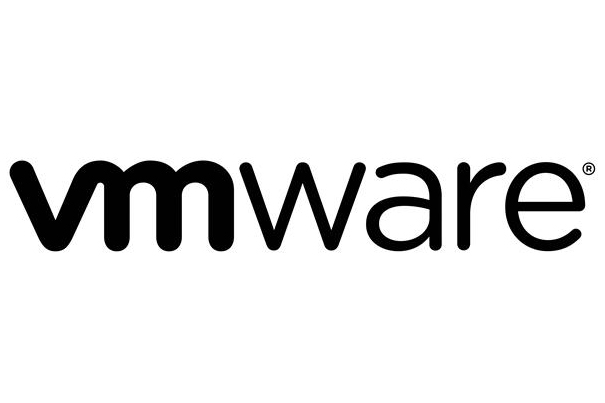 VMware Horizon Suite to launch in Q1
VMware Horizon Suite to launch in Q1News VMware View receives overhaul as pricing and availability details for Horizon Suite drop.
By Caroline Donnelly Published
-
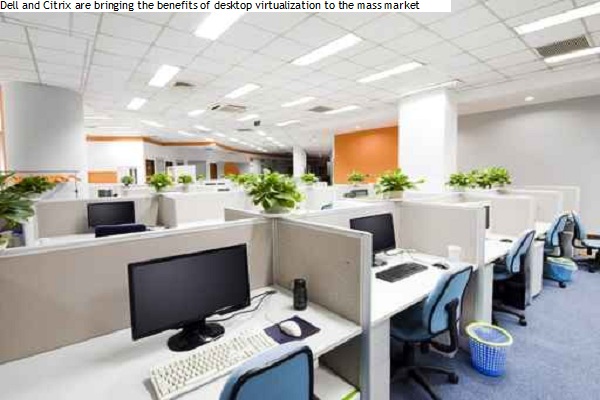 Dell debuts virtual desktop product bundles
Dell debuts virtual desktop product bundlesNews Hardware giant unveils VMware and Citrix powered desktop bundles for SMBs and enterprise users.
By Caroline Donnelly Published
-
 EMC World 2011: VMware to virtualise mobile phones
EMC World 2011: VMware to virtualise mobile phonesNews Work is in progress to provide enterprise users with two phones on one handset by using virtualisation technology.
By Jennifer Scott Published
-
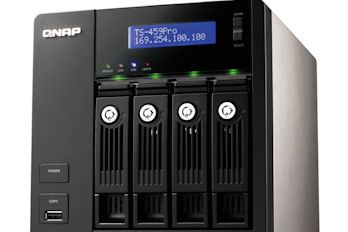 QNAP launches Intel-powered NAS devices
QNAP launches Intel-powered NAS devicesNews Incorporating an Intel Atom Dual-Core processor has upped the read speeds and reliability of its NAS products, according to QNAP.
By Jennifer Scott Published
-
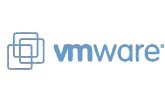 VMware demos mobile app virtualisation
VMware demos mobile app virtualisationNews VMware has shown how virtualised mobile phones could run applications regardless of platform.
By Nicole Kobie Published